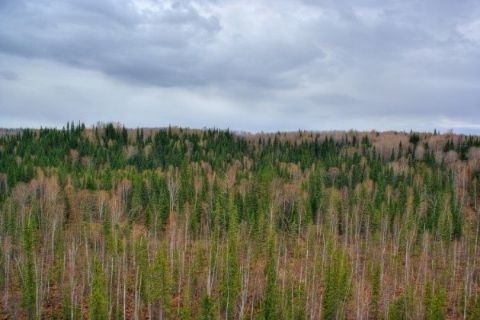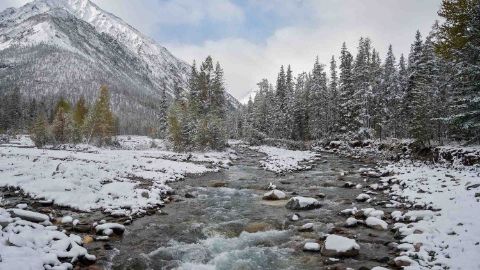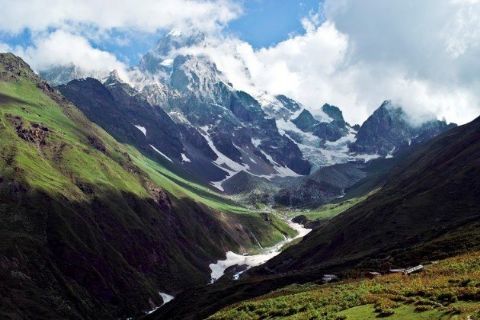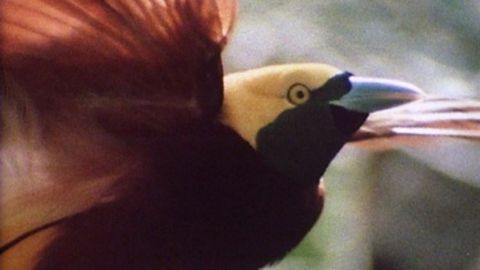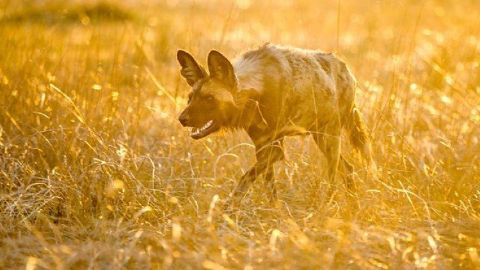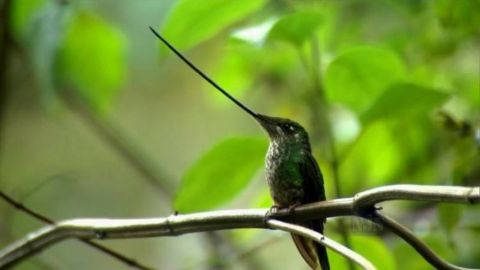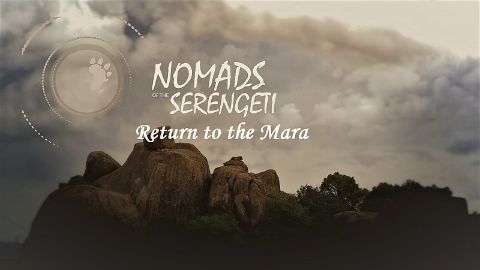Arctic - Far North • 2009 • episode "S1E5" • Wild Russia
The Arctic region of Russia is considered the most inhospitable places to live. But polar bears, lemmings, Arctic foxes, and seals - Arctic - simply heaven. In late August, with the onset of the breeding season is going very strong male musk for traditional competitions for the right leadership in the pairing with females. Weight of an adult bull can reach 400 kilograms. In a skirmish with a rival musk ox to deliver a decisive blow running away at 40 miles per hour. Sound from the blow horns fighting males can be heard at a distance of more than one kilometer.
Make a donation
Buy a brother a hot coffee? Or a cold beer?
Hope you're finding these documentaries fascinating and eye-opening. It's just me, working hard behind the scenes to bring you this enriching content.
Running and maintaining a website like this takes time and resources. That's why I'm reaching out to you. If you appreciate what I do and would like to support my efforts, would you consider "buying me a coffee"?
Donation addresses
BTC: bc1q8ldskxh4x9qnddhcrgcun8rtvddeldm2a07r2v
ETH: 0x5CCAAA1afc5c5D814129d99277dDb5A979672116
With your donation through , you can show your appreciation and help me keep this project going. Every contribution, no matter how small, makes a significant impact. It goes directly towards covering server costs.

